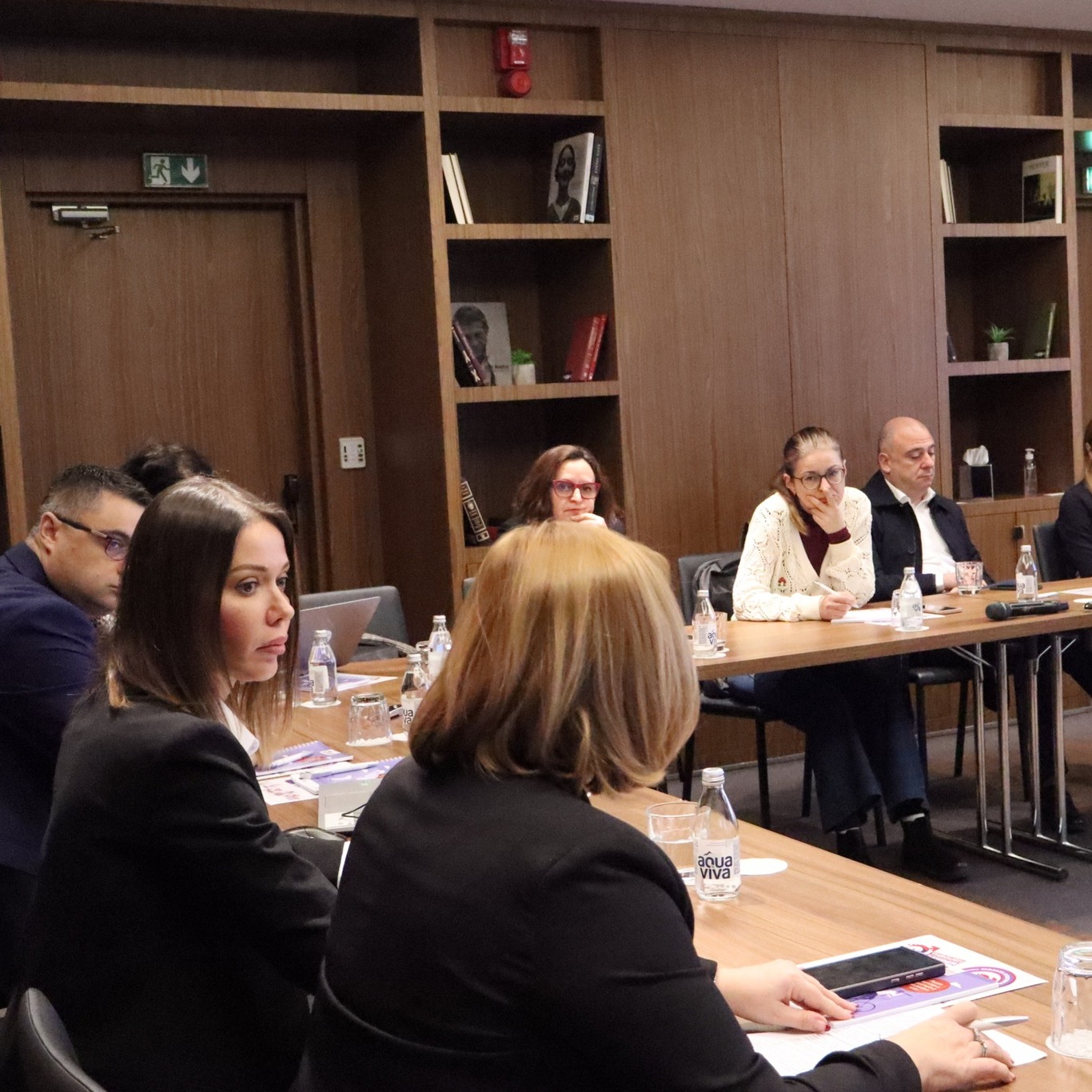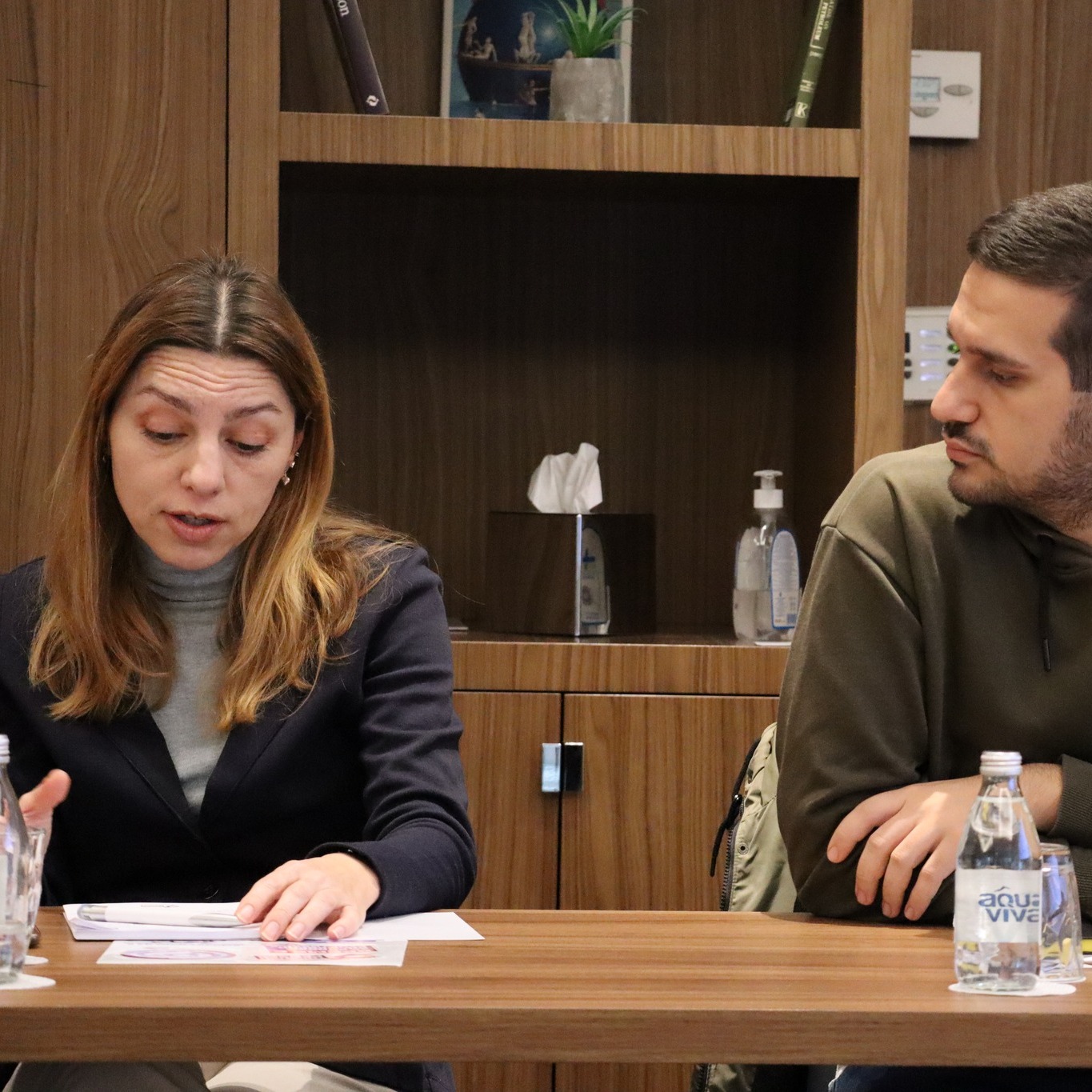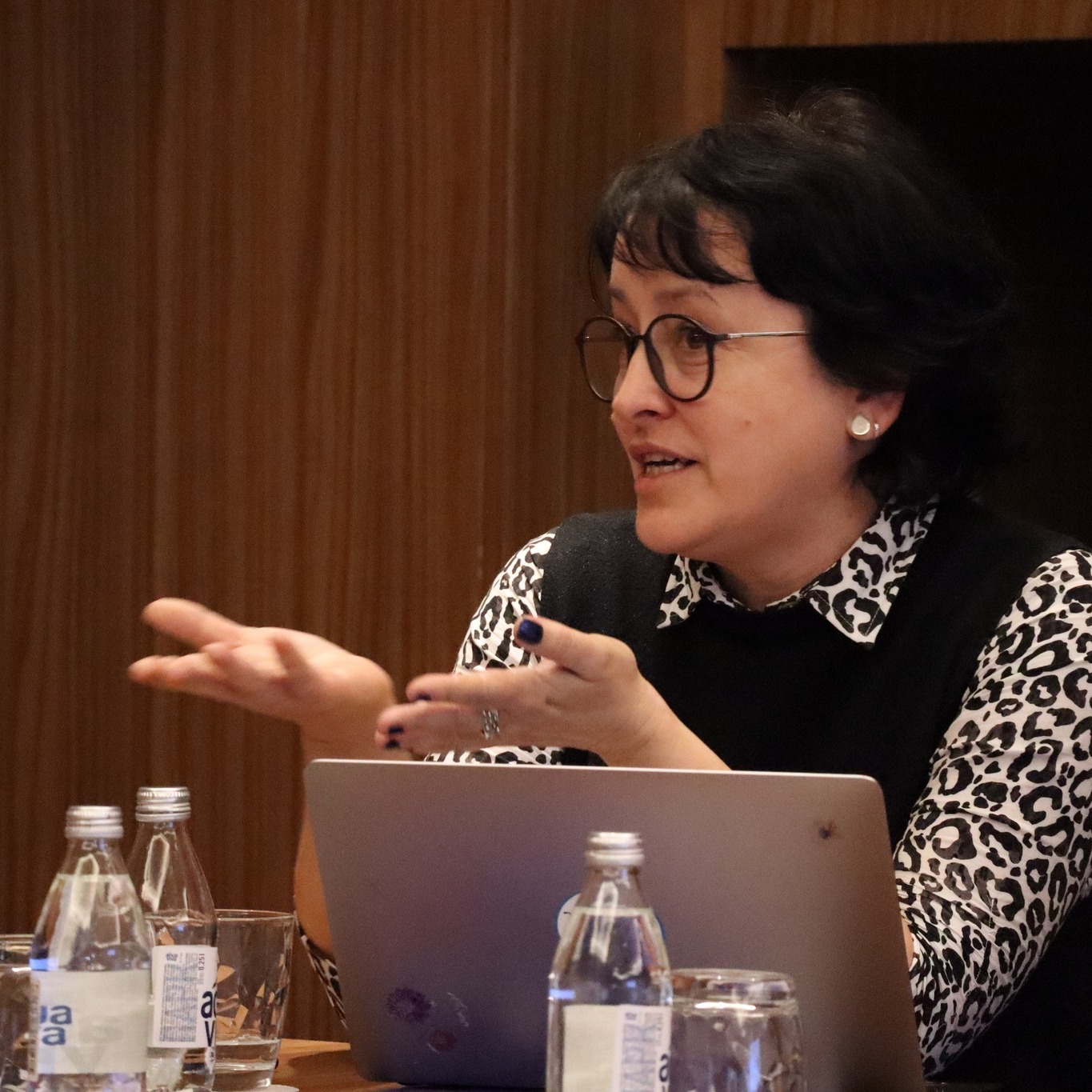The 2025 budget, which was expected to be the first with a gender dimension, does not fully comply with the requirement of Article 35 of the new Budget Law, it does not include a summary overview of gender budget statements of budget users which are regulated in point 2, subsection 5 as part of the budget documentation and are submitted together with the Budget Proposal.
The Center for Research and Policy Making, a member of the International Budget Partnership (an organization that prepares the Global Open Budget Index), as well as the leader of the Gender Budgeting Oversight Network, points out that without clear, transparently published and easily understandable information on the funds allocated for gender equality, the Government is also failing to meet indicator 5c1 of the United Nations Sustainable Development Goals.
- Reduced funding for gender equality policies
In the context of increased expenditures for most budget programs, the funds allocated to Program 8 “Gender Equality and Non-Discrimination” have been reduced by a significant 41.5% compared to the Budget and Supplementary Budget for 2024. This will significantly limit the implementation of the Gender Equality Strategy and the reduction of gender gaps.
- Insufficiently defined gender goals
Although Article 31 of the Law on Budgets requires each budget user to identify at least one gender objective, only the Assembly of the Republic of S. Macedonia, the Secretariat for Legislation, the Ministry of Labor and Social Policy, Demography and Youth, and the Ministry of Sports have done so.
Even in these institutions, gender objectives are declarative and not supported by specific measurable indicators, except in the case of the Ministry of Sports. It is incredible that the other budget users could not define gender objectives because no area of activity is gender neutral.
- Lack of gender indicators
The 2025 budget lacks tools to monitor progress in achieving gender goals. Only two institutions have gender-disaggregated indicators:
- The Ministry of Health has set the indicator “Number of women using free prenatal care”, but the expected number has been reduced from 300 (2024) to only 100 (2025). This means that free access to preventive and curative care for women during pregnancy is expected to decline, i.e., be available free of charge to a smaller number of women.
- The Ministry of Sports has introduced a new indicator for “Coverage of women involved in sports”, which is a positive step, but is unique among institutions.
The Gender Budget Oversight Network appeals to the Parliament to urgently revise the proposed budget for 2025. It is necessary to:
- To increase funds for the implementation of gender equality policies;
- To include gender objectives among all budget users, in accordance with Article 31 of the Budget Law;
- To introduce clear and measurable gender indicators for monitoring the effectiveness of budget programs, also in accordance with Article 31 of the Budget Law.
The lack of these measures calls into question progress towards gender equality, but may also directly affect the absorption of funds from the European Union, given that with the Action Plan 3 for Gender Equality, the EU has committed to earmarking 85% of external funding (including funding for candidate countries) for gender-responsive objectives. The government must take responsibility and ensure that public funds are allocated in a way that contributes to closing the main gaps in equality between men and women.
Although the 2025 budget was expected to be the first budget to systematically include a gender component, the Gender Budget Monitoring Network believes that the Government failed to submit a gender budget in 2025 .






